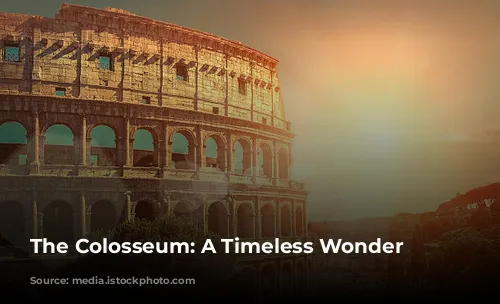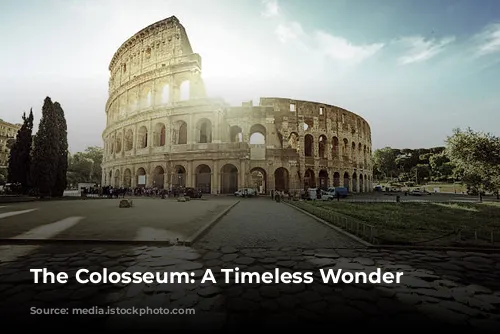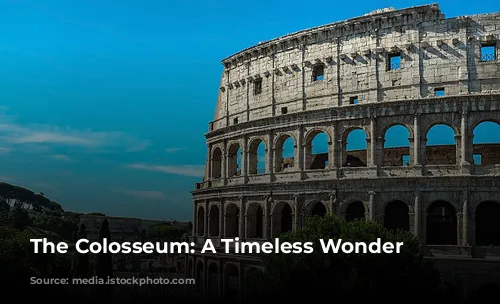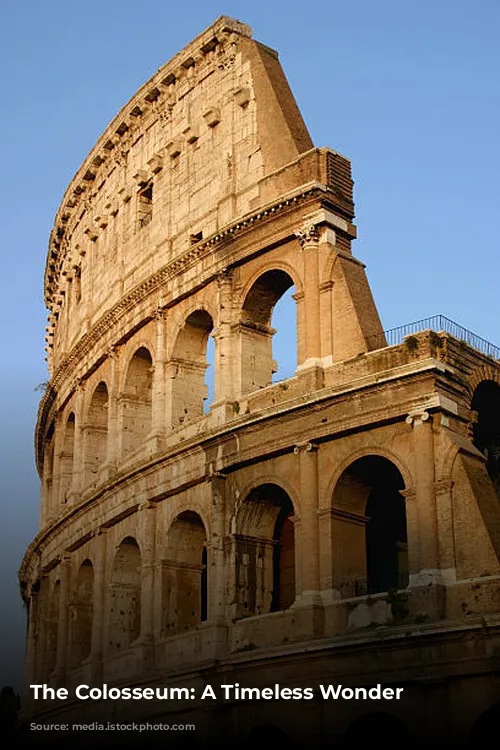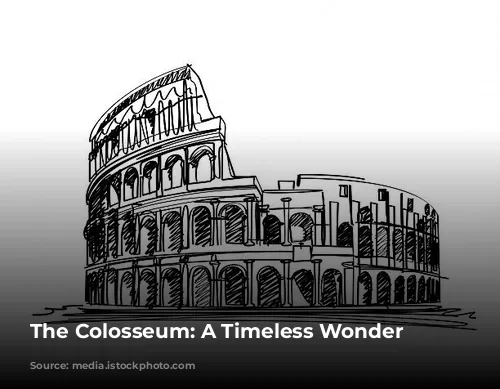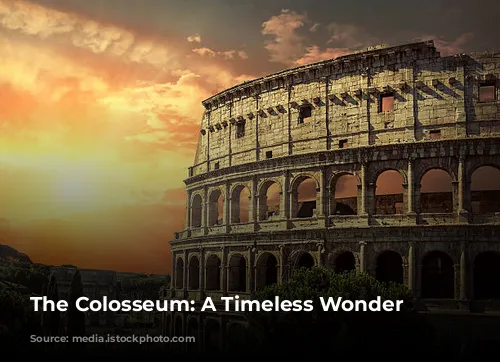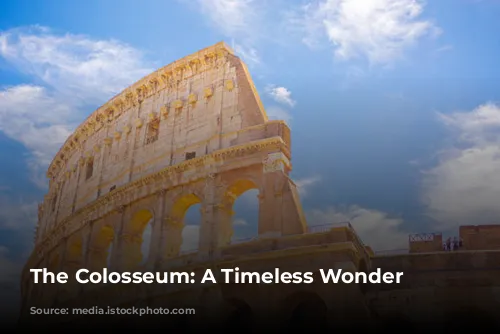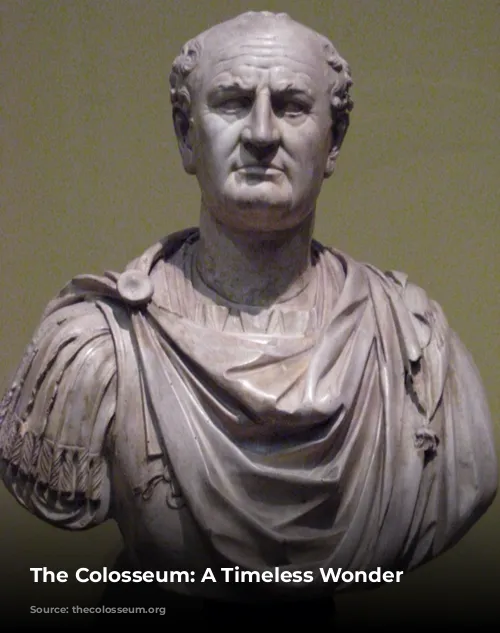The Roman Colosseum stands as a testament to ancient Roman grandeur and ingenuity. This iconic amphitheater, steeped in history, continues to captivate visitors from across the globe. Its impressive structure and captivating story leave a lasting impression, making it one of the most visited landmarks in the world. Let’s delve into the fascinating facts that bring this colossal monument to life.
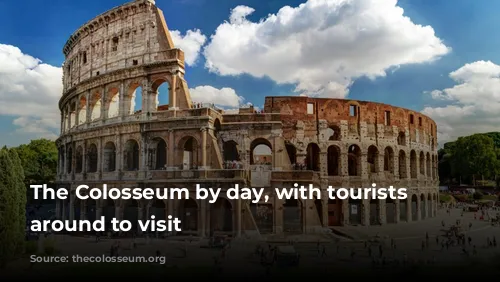
Building the Colosseum: A Monument of Labor
Construction of the Colosseum commenced in 72 AD under the reign of Emperor Vespasian, the second emperor of the Flavian dynasty. This ambitious project was completed in 80 AD, under the rule of Vespasian’s son, Titus. The Colosseum’s creation is a testament to the vast scale of Roman engineering prowess.
The construction was a monumental undertaking involving an estimated 60,000 to 100,000 laborers. Many of these workers were Jewish slaves, forcibly brought to Rome after the Jewish-Roman War. They toiled under the watchful eyes of skilled Roman engineers and craftsmen, shaping the Colosseum into the impressive structure it is today.
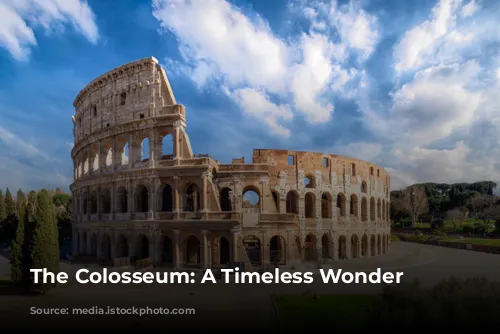
The Colosseum’s Purpose: A Spectacle for All
The Colosseum’s construction was a direct response to the discontent felt by the citizens of Rome. Emperor Nero’s extravagant palace, the Domus Aurea, built after the Great Fire of 64 AD, was seen as a symbol of Nero’s self-indulgence. When Nero was overthrown, Emperor Vespasian tore down the Domus Aurea and ordered the Colosseum’s construction in its place.
This grand amphitheater became a symbol of unity and a testament to the Roman Empire’s power. It was a place where all citizens could gather and witness spectacles, from bloody gladiator battles to epic hunts and gruesome executions.
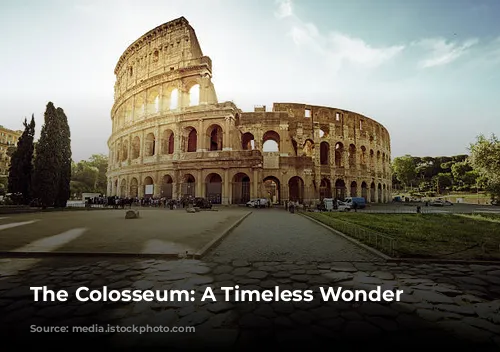
The Colosseum: A Symphony of Size and Structure
The Colosseum is an impressive sight, with its oval shape encompassing an area of 6 acres. The structure is 189 meters long, 156 meters wide, and 48.5 meters tall, a majestic scale that speaks to the Romans’ ability to execute monumental feats of engineering.
The outer walls of the Colosseum are adorned with three levels of columns. Each level boasts 80 arches, a testament to Roman architectural artistry. These arches served as guides for spectators, who could use Roman numerals inscribed above them to find their designated seats.
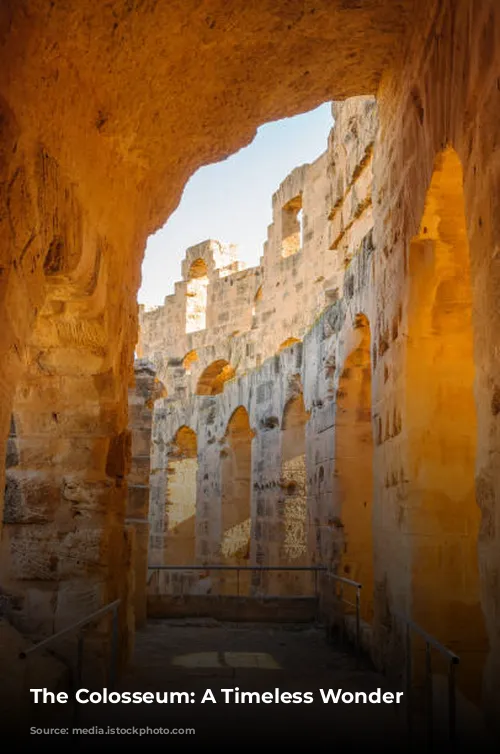
Underneath the Colosseum: A World of Secrets
Hidden beneath the Colosseum lies the hypogeum, an elaborate network of tunnels and chambers. This subterranean labyrinth was used to house gladiators, animals, and prisoners before their entry into the arena. The hypogeum also contained 80 vertical shafts that provided access to the arena from below.
This intricate network of tunnels and chambers was crucial to the staging of the spectacles. Trap doors were built into the floor, allowing scenery elements to be deployed during the various events.
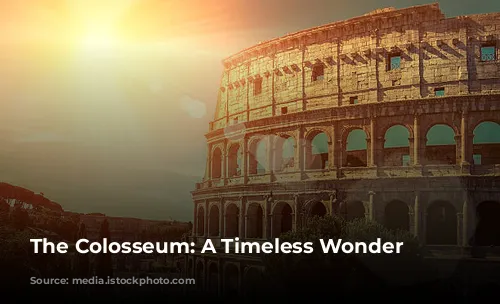
The Colosseum: A Witness to Violence and Spectacle
The Colosseum’s purpose was to entertain the Roman public, and the spectacles it held were often brutal. Gladiatorial combats, hunts involving wild animals, and gruesome executions were all part of the Colosseum’s repertoire. It is estimated that as many as 400,000 individuals, from gladiators to slaves and prisoners, lost their lives within its walls over the course of 350 years.
The animals used in these spectacles were equally diverse and fearsome. Lions, tigers, bears, and elephants were among the creatures brought into the Colosseum, used both for hunts and executions. While the exact number of animals killed in the Colosseum remains unknown, it is believed to be in the millions.

The Colosseum: More Than Just a Bloodsport Arena
The Colosseum served various purposes throughout its history, beyond its role as an arena for combat and hunts. It was once a cemetery, a place of worship, and a fortified castle. Today, it stands as a powerful reminder of the past, attracting over 7 million visitors annually.
The Colosseum’s enduring appeal lies in its captivating history, its majestic structure, and its role as a symbol of the Roman Empire’s power and resilience. It remains a timeless wonder, captivating visitors and reminding us of the ingenuity and scale of ancient Roman civilization.
